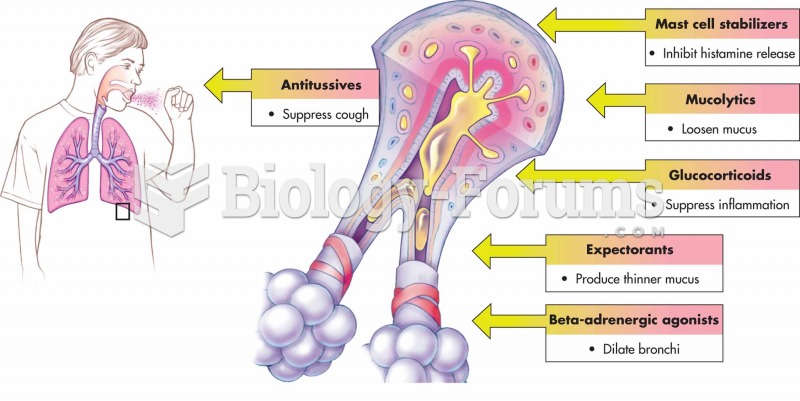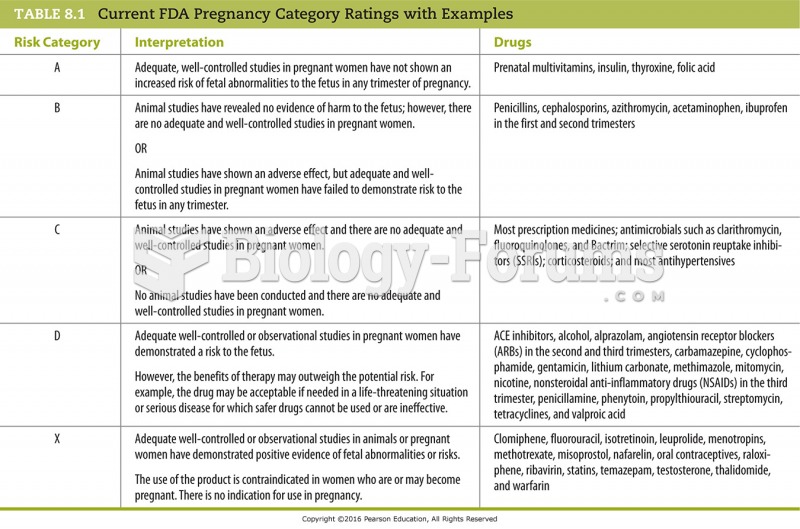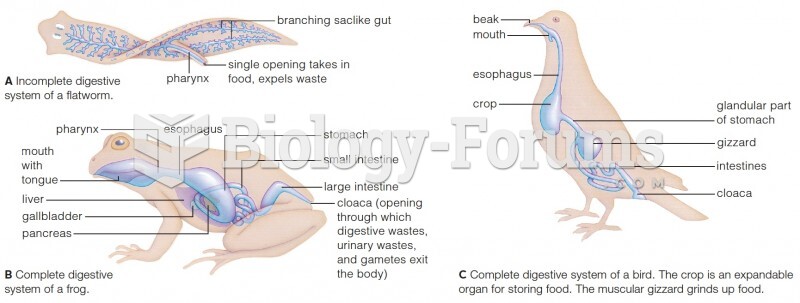Answer to Question 1
Borderline personality disorder is diagnosed more often in females, who make up about 75 percent of the identified cases. Historically, histrionic and dependent personality disorders were identified by clinicians more often in women, but according to more recent studies of their prevalence in the general population, equal numbers of males and females may have histrionic and dependent personality disorders. In a classic study, researchers sent fictitious case histories to clinical psychologists for diagnosis. One case described a person with antisocial personality disorder, which is characterized by irresponsible and reckless behavior and usually diagnosed in males; the other case described a person with histrionic personality disorder, which is characterized by excessive emotionality and attention seeking and more often diagnosed in females. The subject was identified as male in some versions of each case and as female in others, although everything else was identical. When the antisocial personality disorder case was labeled male, most psychologists gave the correct diagnosis. However, when the same case of antisocial personality disorder was labeled female, most psychologists diagnosed it as histrionic personality disorder rather than antisocial personality disorder. In the case of histrionic personality disorder, being labeled a woman increased the likelihood of that diagnosis. The researchers concluded that the psychologists incorrectly diagnosed more women as having histrionic personality disorder. Histrionic personality disorder, like several of the other personality disorders, is biased against females. Many of the features of histrionic personality disorder, such as overdramatization, vanity, seductiveness, and overconcern with physical appearance, are characteristic of the Western stereotypical female.. This disorder may simply be the embodiment of extremely feminine traits.
NOTES: NEW
Answer to Question 2
Cluster A
personality disorders include paranoid, schizoid, and schizotypal
personality disorders. People with
paranoid personality disorder
are excessively mistrustful and suspicious of others, without any justification. People with
schizoid personality disorder
show a pattern of detachment from social relationships and a limited range of emotions in interpersonal situations.
People with
schizotypal personality disorder
behave in ways that would seem unusual to many of us, and they tend to be suspicious and to have odd beliefs.
Cluster B personality disorders include antisocial, borderline, histrionic, and narcissistic personality disorders. People with antisocial personality disorder are characterized as having a history of failing to comply with social norms. They also tend to be irresponsible, impulsive, and deceitful. People with borderline personality disorder lead tumultuous lives. Their moods and relationships are unstable, and usually they have a poor self-image. These people often feel empty and are at great risk of dying by their own hands. Individuals with histrionic personality disorder tend to be overly dramatic and often seem almost to be acting; they are inclined to express their emotions in an exaggerated fashion, for example, hugging someone they have just met or crying uncontrollably during a sad movie. They also tend to be vain, self-centered, and uncomfortable when they are not in the limelight. People with narcissistic personality disorder have an unreasonable sense of self-importance and are so preoccupied with themselves that they lack sensitivity and compassion for other people.
Cluster C personality disorders include avoidant, dependent, and obsessive-compulsive personality disorders. People with avoidant personality disorder are extremely sensitive to the opinions of others and therefore avoid most relationships. Their extremely low self-esteem, coupled with a fear of rejection, causes them to be limited in their friendships and dependent on those they feel comfortable with. People with dependent personality disorder rely on others to make ordinary decisions as well as important ones, which results in an unreasonable fear of abandonment. People who have obsessive-compulsive personality disorder are characterized by a fixation on things being done the right way.. Although many might envy their persistence and dedication, this preoccupation with details prevents them from completing much of anything.
Cluster A personality disorders are generally described as odd or eccentric. Cluster B personality disorders are generally described as people who are dramatic, emotional, or erratic. Cluster C disorders are generally described as people who are anxious and fearful.
NOTES: NEW







